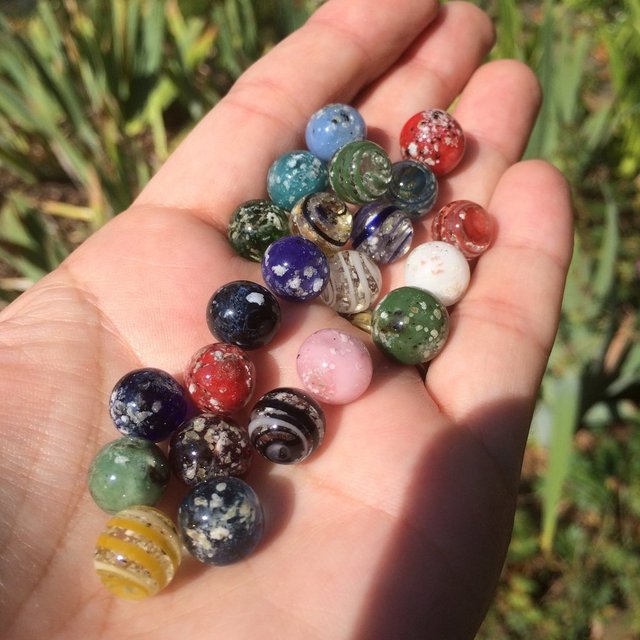Science for Kindergarten - Lesson 5
A comet is something cool that happens in space. It’s like a ball of rock with ice and gas all around it. One can’t always see them but it’s something to watch out for. When this ball goes near the sun, the heat causes it to burn and it then looks like a shooting star with a tail. Many years ago, people have seen it happening but they did not know what it was. For that reason, Edmund Halley did a couple of experiments to find out what it was. He concluded that it was a comet and that it would be seen again in 76 years…and he was right! 76 years later it was seen again and they then called it “Halley’s comet” – he had already died by then. Apparently, the next time it would be seen, would be in 2061.

Let’s experiment with Astronomy:
Have you ever seen the reaction between an orange peel and a candle flame? When you squeeze an orange peel directly into the flame, it looks like what may happen to Halley’s comet when moving past the sun! Try it!
Explaining what orbit are and how they work could be challenging to a Kindergarten science teacher. How about picking up a marble with a glass, or placing it on a rounded glasstop like a magnifying glass! The marble would then move in its own orbit, but it wouldn’t take as long as Halley’s comet, luckily!

In a further experiment, kids can get the chance to see how the different phases of the moon is formed. Many people think that it’s caused by shadows, but apparently, it’s not true. When earth’s shadow blocks out the moon, it’s called a lunar eclipse. By using a flashlight (sun), a ball (moon) and the child’s head (earth), the children would be able to see how the phases are formed. This experiment works better in the dark, obviously.
Let’s pretend we are working on Apollo 11. We should be extra careful that the spies doesn’t steal our ideas so we have to communicate with secret messages. We’ll use lemon juice and a candle!

Trying to shoot a rocket could be huge fun! Just drop a Mentos (blue packet) into Coke Zero and watch it happen!




Your post has been selected as the @steemiteducation Post of the Day:)
Join us in our Discord channel here to drop your post in our post promotion page, and make sure to use the #steemiteducation tag in the post itself.
Most children are visual learners as well as they learn best when they can do hands-on. Good strategies to allow them to understand the topic better rather than just talking non-stop with lots of words without good illustration. Upvoted!
Making experiment is better than explaining the rules of subjects. Children should be taught through this kind of experiences.
This will surely makes learning more interesting. Educators do need to come up with ways on how to get the attention of students to make them be interested with the subject. Through visuals, kids can be wowed and will surely make them interested.